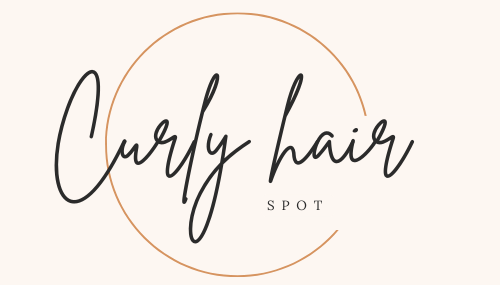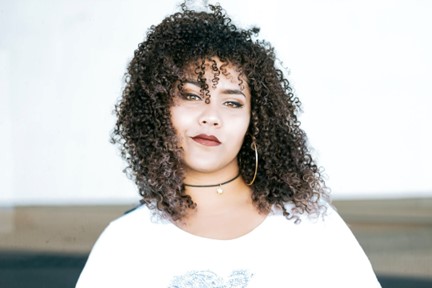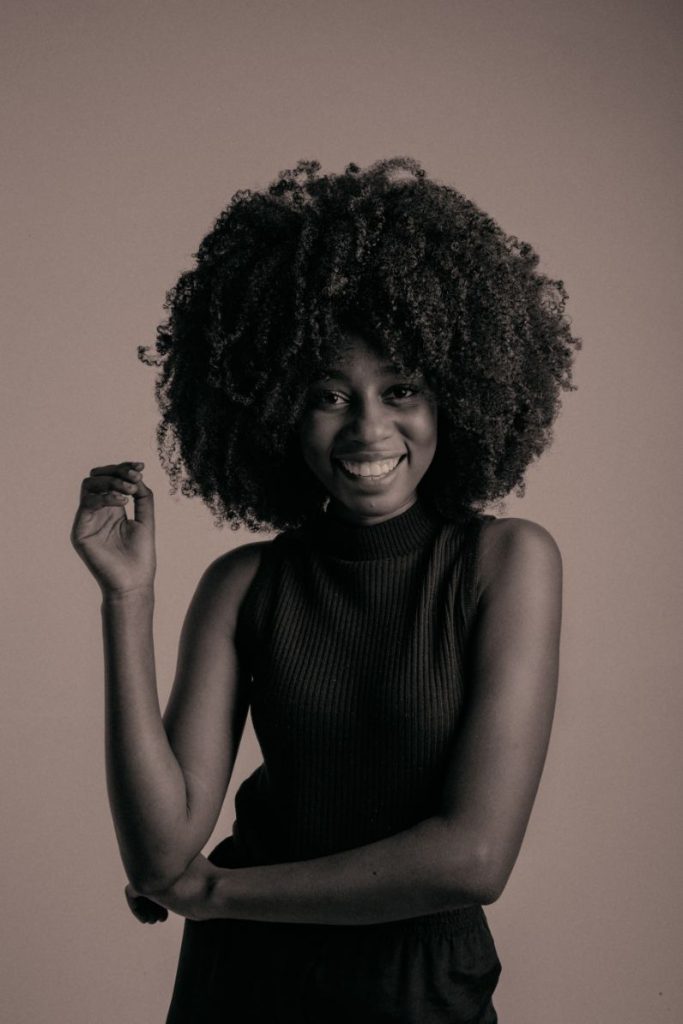A Full Guide to Identifying and Understanding Different Curl Types
Hair is as unique as the individual it belongs to, and one of the most noticeable features of hair is its texture or curl pattern. “What curly hair type do I have?” is a common question many ask. Understanding your curl type can help you make informed decisions about hair care, styling, and products. Here’s a guide to help you identify and understand the various curl types:
Types of Hair and Hair Texture
To determine your curly hair type, you’ll need to assess the pattern and shape of your curls. Hair typing is commonly categorized using Andre Walker’s system, though there are other systems and methods out there. According to the Andre Walker system:
-
Straight Hair (Type 1)
- 1A: Fine and thin. Hair lies flat against the scalp and is often shiny.
- 1B: Medium-textured. Hair has more volume than 1A but remains straight.
- 1C: Coarse. Hair might have a few waves, especially at the ends, but is mostly straight.
In the tranquil valleys of Type 1, those with 1A hair often walk a delicate path. Their hair, fine and thin, lies flat against the scalp, shimmering like a calm lake under the sun. However, its beauty often comes at the cost of battling frequent oiliness, requiring them to seek solace in lightweight products. Neighbors in the 1B territory face a different challenge. Their medium-textured hair, while having more volume than their 1A counterparts, remains resolutely straight, sometimes yearning for a touch of dynamism. On the rugged edges of this province, the 1C folks grapple with a coarse texture that occasionally flirts with waves, especially at the ends, making them wonder if they’re on the cusp of a wavy revolution.
-
Wavy Hair (Type 2)
- 2A: Fine and thin. Slight “S” pattern and can be easily straightened or curled.
- 2B: Medium-textured. More pronounced “S” pattern, with the potential for frizz.
- 2C: Coarse and thick. Strong “S” pattern, prone to frizz, and harder to style.
Along the undulating coastlines of Type 2, the 2A inhabitants sport hair that dances in a gentle “S” pattern. While their waves can be easily tamed or accentuated, they often find themselves warding off the frizz sprites that lurk in the shadows. Those from the 2B region, with a more pronounced “S” pattern, often sing ballads about their battles with humidity, seeking hydrating elixirs to keep their waves defined. In the heart of this territory, the 2C warriors, with their coarse and thick hair, face the fiercest of waves. Their strong “S” pattern, while a sight to behold, is often a challenge to style, making them experts in the art of hair taming
-
Curly Hair (Type 3)
- 3A: Loose curls. They are shiny with a defined loop.
- 3B: Medium curls. Springy ringlets that may have a combination of textures.
- 3C: Tight curls. Curls are densely packed together, creating a corkscrew pattern.
Deep within the enchanted forests of Type 3, the 3A elves flaunt loose, shiny curls that spiral like the vines of ancient trees. Their challenge lies in maintaining the definition of these curls, lest they lose their magical luster. The 3B fairies, with their medium curls, dance in springy ringlets, a combination of textures that sometimes tangle in their playful frolic. At the forest’s heart, the 3C nymphs, with their tight curls, weave tales of densely packed corkscrews, a testament to their hair’s spirited nature.
-
Coily or Kinky Hair (Type 4)
- 4A: Soft coils. Defined and springy, with an “S” or “Z” pattern.
- 4B: Z-shaped coils. Less defined pattern with a zig-zag shape.
- 4C: Tightest coils. Can feel wiry and is the most fragile type. Often experiences shrinkage.
At the foot of the majestic Type 4 mountains, the 4A guardians sport soft coils that spring forth in “S” or “Z” patterns. Their hair, while a symbol of strength, often thirsts for moisture. Climbing higher, the 4B sentinels, with their Z-shaped coils, face the challenge of a less defined pattern, making them masters of hair care rituals. At the mountain’s peak, the 4C sages, with the tightest of coils, share stories of hair that feels wiry and is most fragile, often shrinking back like the mountain’s retracting peaks, teaching them the virtues of patience and care.
6 Tips for Understanding and Caring for Your Curl Type:
- Moisturize Regularly: Curly and coily hair types tend to be drier than straight and wavy types. Regular moisturization helps in keeping the hair healthy and reducing breakage.
- Avoid Harsh Chemicals: Chemicals in some hair products can strip the hair of its natural oils, leading to dryness and damage.
- Use a Wide-tooth Comb: Especially for curly and coily hair types, using a wide-tooth comb can help detangle without causing breakage.
- Limit Heat Styling: Excessive heat can damage hair and alter its natural curl pattern. If you must use heat, always use a heat protectant.
- Embrace Your Natural Texture: Every curl type is beautiful. Embrace your natural texture and find styles and products that enhance it.
- Seek Professional Advice: If you’re unsure about your hair type or how to care for it, consider consulting with a hairstylist who specializes in curly hair.
Remember, while these categories can help you understand your hair better, everyone’s hair is unique. It’s possible to have a combination of different curl types on one head. The key is to observe, understand, and care for your hair according to its specific needs.
Here’s a step-by-step guide to help you identify your curl type:
- Wash Your Hair: Start with freshly washed hair. This will remove any product buildup that might alter your natural curl pattern.
- Let It Air Dry: Allow your hair to air dry without manipulating it. Avoid using a towel, as this can cause frizz. Instead, you can use a cotton t-shirt or a microfiber towel to gently squeeze out excess water.
- Examine Your Curls: Once your hair is completely dry, look at the shape and pattern of your curls or waves.
- Compare with Pictures: Sometimes, it’s easier to identify your curl type by comparing it with pictures.
- Consider Multiple Types: It’s common for individuals to have more than one curl type on their head. For instance, you might have 3A curls around your face but 3B curls at the back.
- Consult a Professional: If you’re still unsure, consider visiting a hairstylist who specializes in curly hair. They can provide insights into your curl type and offer personalized care and styling tips.
Remember, the curl type system is just a general guideline. Everyone’s hair is unique, and the most important thing is to understand and care for your hair based on its specific needs and characteristics.
Find Out Your True Hair Type with This Simple Test






